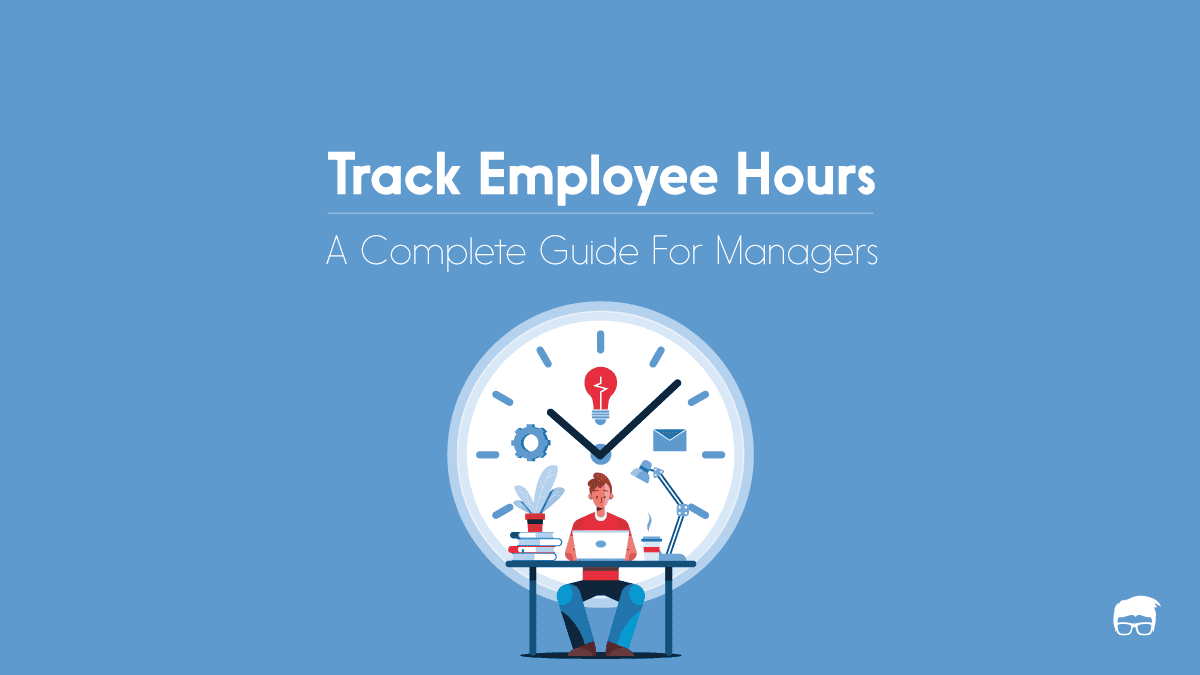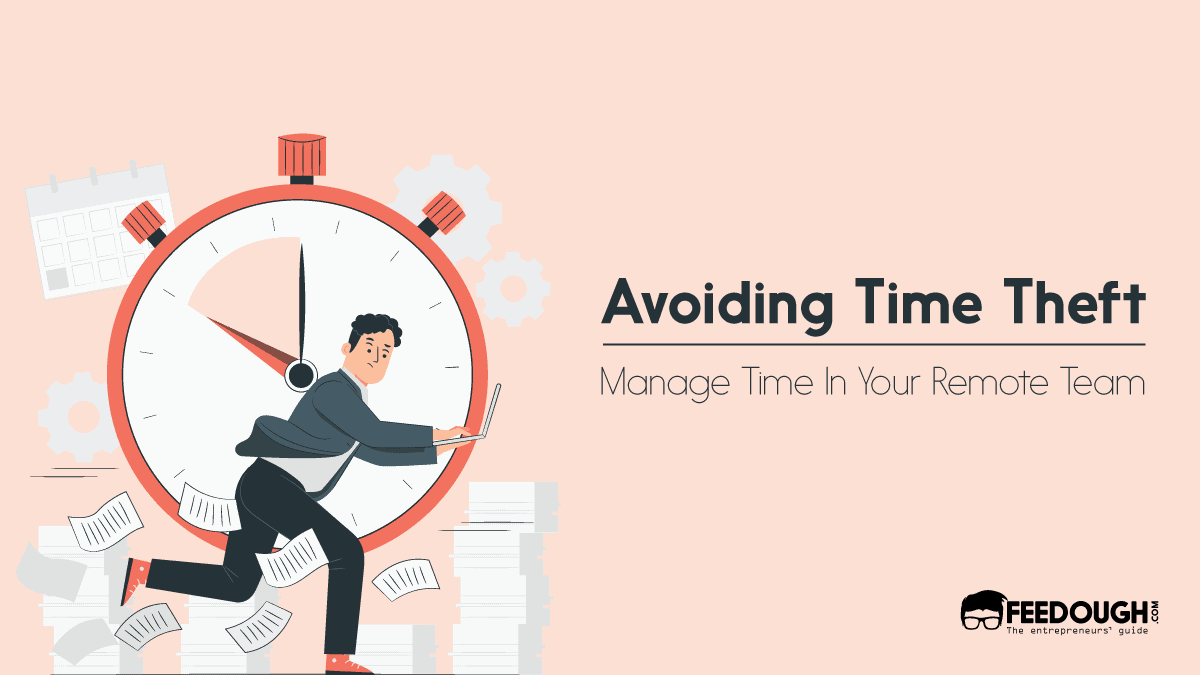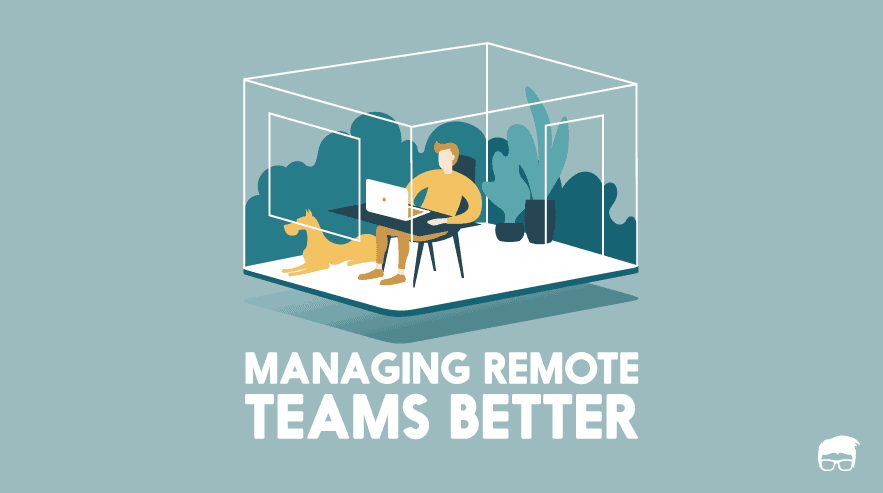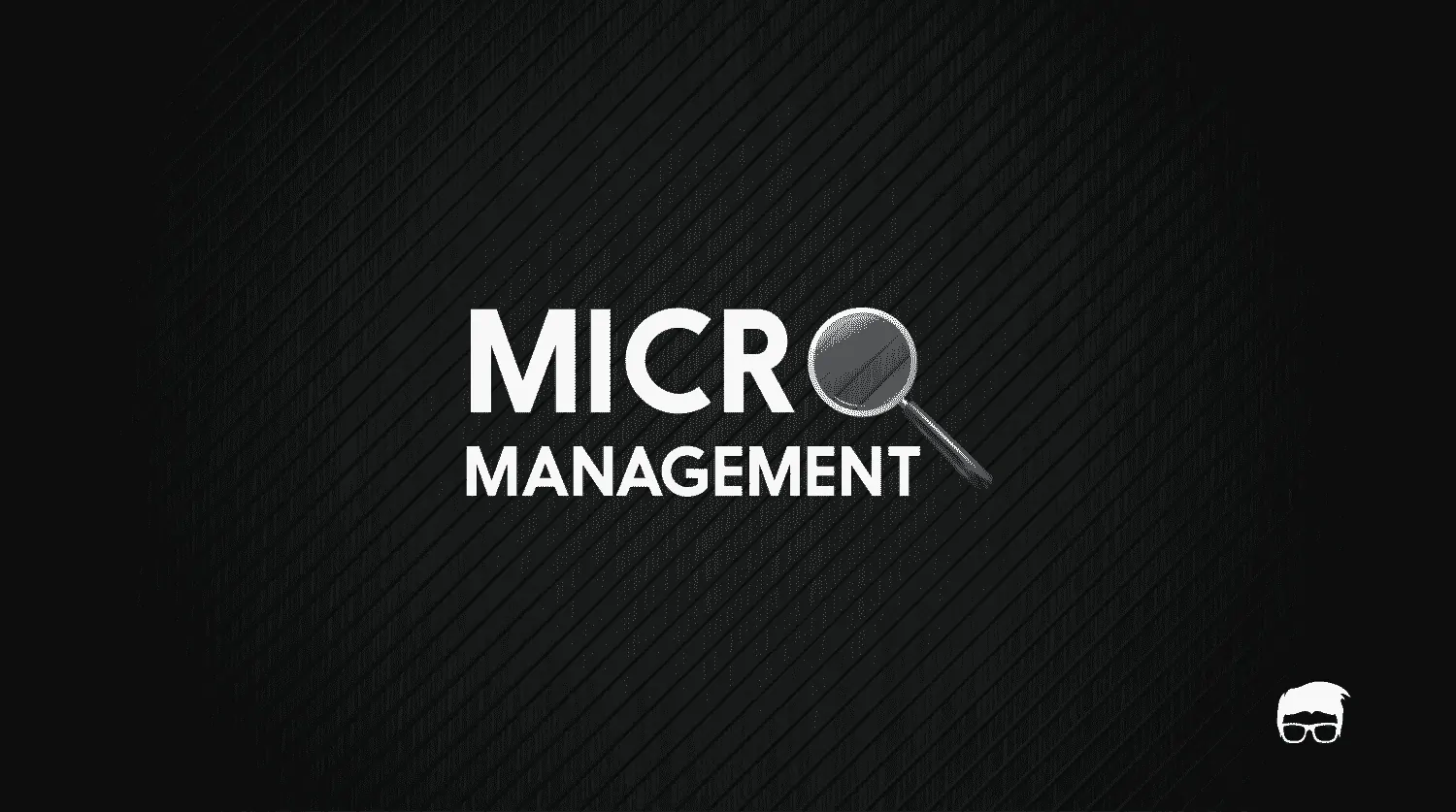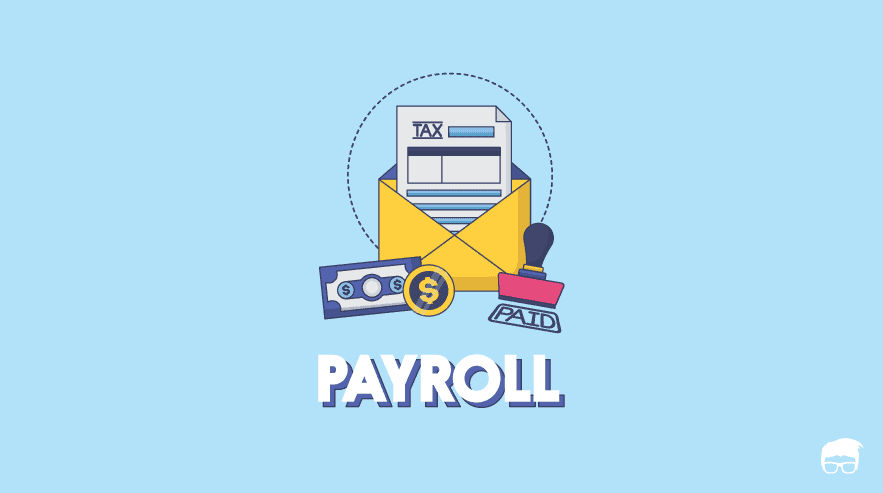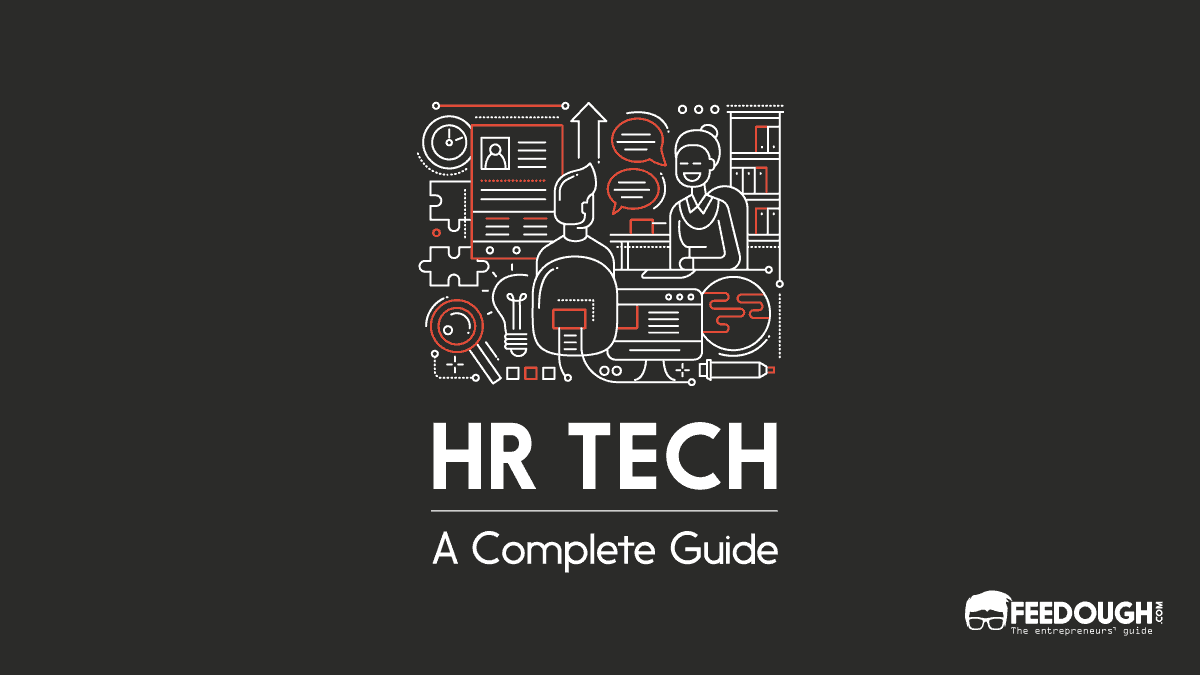In this age of lean business processes, managers put less effort into tracking employee hours and more into the work.
But what about hourly employees who still need to keep track of their time? The payroll department still needs that information to calculate paychecks. ‘
Even for employees who are not paid hourly, tracking time is essential to allocate resources accurately and manage projects.
The problems?
- Time theft: Lack of employee transparency and accountability on their time tracking. In fact 43% of employees exaggerate how many hours they work.and 23% commit time theft through “buddy punching”.
- Law compliance: Different regions and states have specific labour laws regarding time tracking.
- Inaccurate data: Manual time tracking is prone to human error and can lead to incorrect billing, overpayment, or underpayment of employees.
But today, when AI, digitalisation, and automation are changing the face of business, there’s a solution to this problem- and it all starts with a three-stepped process –
- Developing a time-tracking policy
- Using a time-tracking application
- Open communication with the team
Here’s a guide on how to implement these steps effectively. But first, why is tracking time so important?
The Importance of Time-Tracking
Tracking time is not just essential to keep tabs on employee hours but also to measure productivity, allocate resources efficiently, and stay compliant with labour laws. Here are some key reasons why time-tracking is crucial for businesses:
- Essential for payroll: if the payroll department doesn’t have accurate time data, the company could face legal repercussions or risk employee dissatisfaction.
- Accurate project management: tracking time helps managers understand how long tasks take to complete and schedule future projects accordingly. It is crucial to stay on top of timelines and identify areas for improvement.
- Prevents time fraud: without a tracking system, employees may overestimate their hours, leading to inflated payroll.
- Legal compliance: many industries have specific labour laws regarding overtime pay, rest breaks, and maximum work hours. Accurate time tracking ensures compliance with these regulations.
How To Track Employee Hours
While there are several traditional methods and modern tools for time tracking, it all starts with your policy. Here’s a step-by-step guide on successfully implementing an effective time-tracking policy.
Step 1: Develop a Time-Tracking Policy
The first step is to create a comprehensive time-tracking policy that outlines expectations, processes and consequences for non-compliance. This policy should address:
- When employees are expected to clock in and out
- How breaks and lunch hours should be recorded
- Rules for tracking time when working remotely or on the go
- The procedure of recording time for different tasks and projects
- Permission and procedures for overtime hours
- Procedures for reporting sick leave or vacation time
- The scope of time tracking (e.g. only billable hours or all working hours)
- Consequences for falsifying time records
- Consequences for not adhering to the policy, such as disciplinary action
The policy not only sets clear expectations but also protects you legally if any disputes arise. It is the spine of your time-tracking system and should be communicated to all employees.
Step 2: Choose a Time-Tracking Method
Once you have a policy in place, decide on the best method for tracking employee hours. Some common methods include:
Manual Timesheets
The manual timesheet process involves employees recording their working hours on paper and submitting them to their manager for approval.
This is how it works:
- The employee fills out a timesheet with their name, date and total hours worked for each day.
- They record start and end times for each workday, including breaks and lunch hours.
- Once the week is complete, they submit the timesheet to their manager for review and approval.
- The manager verifies the accuracy of the recorded hours, signs off on the timesheet, and submits it to HR or payroll for processing.
Pros of manual timesheets
Manual timesheets works well for small businesses with a limited number of employees. Here are some of the benefits:
- Easy to set up and use
- No additional costs for software or equipment
- Can be customised to fit specific business needs
Cons of manual timesheets
However, there are also drawbacks to this method, including:
- Time-consuming process for both employees and managers
- Increased risk of errors or inaccuracies due to human input
- Difficult to track real-time data or monitor employee activity during work hours
Biometric Time Clocks
Biometric time clocks, used in offline settings, require employees to clock in and out using their fingerprint or facial recognition before entering and leaving the office premises.
This is how this time-tracking method works:
- Employees use their unique biometric information to clock in and out at the beginning and end of each workday.
- Employees may even asked to clock in and out for lunch and other breaks.
- The biometric data is recorded and stored digitally, making the process more efficient and accurate.
- Managers can easily access this information for payroll processing or to monitor employee attendance.
Pros Of Biometric Time Clocks
Biometric time clocks make up for all the limitations of manual timesheets. Here are some of the advantages:
- Accurate and efficient time tracking
- Elimination of buddy punching or time theft
- Easy to monitor employee attendance in real-time
- Reduces administrative burden on managers for payroll processing
Cons Of Biometric Time Clocks
Biometric time clocks are a secure and reliable method of tracking employee hours, but they are only:
- Limited to offline settings: These time clocks do not work remotely, so they are only suitable for businesses with physical offices.
- Expensive: Biometric technology can be costly to implement and maintain, making it impractical for small businesses with limited resources.
Also, they aren’t hygienic and may raise privacy concerns for some employees.
Time-Tracking Software And Apps
Time-tracking software is a digital tool that allows employees to record their working hours, tasks, breaks, and other related information directly on their computer or mobile device.
Here’s how this method works:
- Employees log into the software and select their tasks for the day.
- The software tracks time spent on each task in real time, eliminating the need for manual timesheets.
- It also provides accurate reports of employee hours, making payroll processing more efficient.
- Some software even offers features such as –
- Location tracking while at work
- Time tracking with screenshots of their computer screen (periodic screenshots or random intervals)
- Reminders to take breaks
- Integration with project management tools for seamless productivity tracking.
Several time-tracking apps and software are available in the market, making it easier for businesses of all sizes to find a suitable solution. Here are some of the best ones –
Tool | For | USP |
Time Doctor | Remote teams | Robust time tracking with activity monitoring, productivity analysis, and detailed reports for managing remote teams. |
Toggl Track | Teams of all sizes | Comprehensive time tracking with over 100 integrations and automated reports to improve productivity. |
Clockify | Teams on a budget | Completely free time-tracking software with unlimited users, projects, and extensive reporting capabilities. |
Harvest | Project managers | Integrated time tracking, invoicing, and budget management for streamlined project oversight. |
RescueTime | Productivity enthusiasts | Automatic time tracking and distraction blocking to enhance focus and productivity. |
Hubstaff | Businesses with remote workers | Time tracking with GPS and online timesheets to manage remote and field teams effectively. |
Timely | Those who hate manual entry | Automatic time tracking using AI to log work hours accurately without manual input. |
Pros Of Time Tracking Software
Time-tracking software offers numerous benefits to both employers and employees. Some of them are:
- Accurate tracking of work hours: With time-tracking software, there is no room for manual errors or inaccuracies in recording work hours. This ensures accurate payment and billing.
- Improved productivity: Time-tracking apps provide insights into time spent on each task, helping individuals or teams identify areas where they can improve their productivity.
- Transparent billing and invoicing: Time-tracking software provides accurate records of work hours for freelancers or businesses that bill clients based on hours worked, making the billing process transparent and efficient.
- Better project management: Time tracking allows project managers to monitor task progress and identify potential delays or roadblocks. This enables them to make necessary adjustments to ensure project completion in a timely manner.
- Effective remote team management: Time-tracking software provides businesses with remote workers with a simple and efficient way to monitor and manage their teams’ productivity. It also promotes accountability among team members.
- Insights for business improvement: Time-tracking data can provide valuable insights into how a business operates, helping identify areas where productivity can be improved or processes can be streamlined.
- Compliance with labour laws: Compliance with labour laws: In some industries, accurate time-tracking is required by law to ensure compliance with labour regulations.
- Flexible work arrangements: With the rise of remote work and flexible schedules, time-tracking software allows for easy tracking and managing various work arrangements.
Cons Of Time-Tracking Software
While time-tracking software offers numerous benefits, it has some downsides. These include:
- Invasion of privacy: Some employees may feel uncomfortable with the idea of their every move being tracked and monitored, leading to concerns about invasion of privacy.
- Resistance from employees: The use of time-tracking software may be met with resistance or pushback from employees who feel that it is a form of micromanagement or lack of trust from their employer.
- Time-consuming and tedious: For employees, constantly inputting time data and tracking their every task can be time-consuming and tedious, potentially leading to a decrease in productivity rather than an increase.
- Potential for inaccuracies: Time-tracking software relies on manual input from employees, which can lead to inaccurate data if not done diligently or if the software has technical issues.
- Limited scope: Time-tracking software may only capture certain tasks or activities, neglecting other important aspects of work such as creativity, problem-solving, and collaboration.
Step 3: Open Communication And Transparency
Just having the best time-tracking app or software is not enough to ensure its success. It’s crucial for you to establish open communication and transparency with your employees when implementing time-tracking measures. This includes:
- Clear expectations: Employers should clearly communicate the reasons for using time-tracking software, the expected data to be collected, and how it will be used.
- Regular check-ins: Regular check-ins with employees can help address any concerns or issues they may have with the software. This also allows for feedback and suggestions on how to improve the process.
- Transparency in data usage: Employers should be transparent about how time-tracking data is being used and ensure that it is only used for its intended purpose, such as improving productivity and identifying areas of improvement.
- Open-door policy: Having an open-door policy where employees feel comfortable approaching their employers with any concerns can foster trust and a positive work culture.
- Training and support: Employers should provide proper training and support for employees when implementing time-tracking software, ensuring they understand how to use it effectively and efficiently. Not just this, you should also educate them on how to utilise their time better. The training can how to create a to-do list, how to use productivity tools to improve productivity, how to integrate AI in business processes to make them more efficient, etc.
What To Look For in an Employee Hour Tracking Method
Be it manual spreadsheets, punch cards, or sophisticated software, you need to choose an employee hour tracking method that suits your specific business needs and goals. Here are some factors to consider when evaluating different options:
- Ease of use: The chosen method should be easy for employees to use and understand, minimising the need for additional training. Let’s say you opt for a time-tracking app – if it’s too complicated or has a clunky interface, employees may struggle to use it effectively.
- Compatibility with your business and industry: Different industries have different work structures and processes, so the chosen tracking method should align with how your business operates. For instance, if your company primarily relies on remote work, then an online time-tracking tool would be a better fit than an in-office punch card system.
- Customisation: Depending on your business needs, you may require specific features or customisation options in the tracking method. It’s essential to choose a solution that can meet these requirements and adapt as your business grows.
- Accuracy and reliability: The chosen employee hour tracking method should be accurate, reliable, and provide real-time data. This way, you can trust the information it generates when making crucial business decisions.
- Integration with other systems: If your company uses other software for project management, payroll, or invoicing, it’s important to choose a time-tracking method that can integrate with these systems. It will eliminate manual data entry and streamline processes.
- Cost: As a business owner, you need to consider the cost of implementing and maintaining the chosen tracking method. Some methods may have upfront costs, while others may require monthly or annual subscriptions.
- Data security: With sensitive data like employee hours and wages involved, it’s essential to choose a tracking method that prioritises data security. Look for features like data encryption, secure servers, and user permissions to ensure the protection of your employees’ information.
- Geofencing: If your business requires employees to work on-site or in specific locations, geofencing can be a useful feature in a time-tracking method. It uses GPS technology to define geographical boundaries and track when an employee enters or leaves a designated area.
- Mobile accessibility: In today’s mobile world, having a time-tracking method that is accessible from any device is crucial. This allows employees to log their hours from anywhere, making it easier for remote workers or those who frequently travel.
A startup consultant, digital marketer, traveller, and philomath. Aashish has worked with over 20 startups and successfully helped them ideate, raise money, and succeed. When not working, he can be found hiking, camping, and stargazing.
